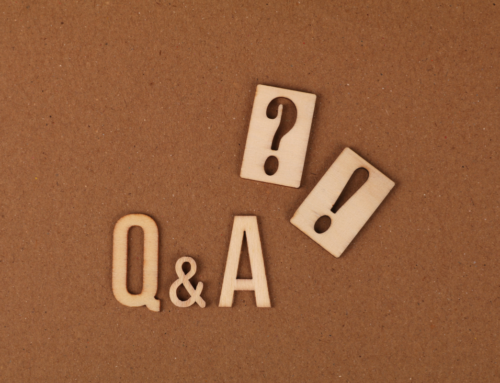I talked with author, speaker, and former Yahoo! executive Tim Sanders recently about the future and green conferences. Tim is the author most recently of Saving the World at Work, as well as two highly regarded earlier books, Love is the Killer App and The Likeability Factor. If you’ve never seen Tim speak, catch him live at your earliest opportunity. He’s a dynamic speaker with a huge talent for connecting with an audience.
Nick: Tim, your recent book is all about doing well by doing good, and a part of doing good for any organization is hosting a green meeting. Has the green revolution in meetings survived the economic downturn?
Tim: Absolutely. People still want to make a difference. I always say that meetings are the movies of the business world. They’re high profile, and people care about how they’re done and the image they create. What we’re seeing now is a lot of ‘greenskating’ — that is, people who are cheapskates for environmental reasons. They’re saving money and going green.
Nick: What form is greenskating taking? How are people doing both at the same time?
Tim: Three ways. First, they’re calculating ‘event miles’. Those are like the food miles that Whole Foods started and Walmart has taken on in a big way, only for meetings. In other words, so much of the carbon footprint of a meeting comes from the travel to the meeting and back home again that it makes sense to site the meeting in a place that involves the least travel for most attendees. So a company in Dallas might pick Phoenix over Orlando, for example. What companies are finding is that keeping your event miles low saves money – as well as the planet.
Second, there’s a huge trend toward ‘digitization’ of all the paper and plastic that has been involved previously in putting on a meeting. Instead of paper you have electronic registration. Instead of the conference bag, you get a USB stick with everything on it. Meeting planners are finding that this dramatically lowers costs, again.
And finally, I’m seeing a renewed emphasis on real recycling. Making sure, in other words, that meetings add as little as possible to the garbage stream. For example, rather than using cornstarch cups for drinking, which can’t be recycled, meetings are using recyclable plastic. As you can imagine, recycling has a dramatic impact on the trash normally generated by a meeting.
And I guess I’d add a fourth way: green meetings are being talked about more, in breakouts, on the platform. Being green is an integral part of the conversation now, in spite of the downturn. It’s inevitable and it’s gathering momentum every day.
Nick: Talk to me about the lifecycle of an event. Where is the biggest impact in terms of the carbon footprint?
Tim: Beyond getting people to and from meetings, the next biggest area is what is thrown out after a conference or a meeting. All that garbage, the food and drink, and the conference materials. Especially the conference materials – all of that suddenly becomes waste. How many people want to take a huge binder home in addition to the luggage they came with, and that present for the 8-year-old waiting back in Omaha?
Ray Anderson, the Chairman of Interface, the company that ‘greened’ the industrial carpet business, calls waste “stealing from our grandchildren.” Increasingly, people at meetings are becoming conscious of the future of the planet and transforming meetings to be more green.
Nick: Why not just go virtual and have everybody stay home?
Tim: Virtual meetings can’t substitute for in-person meetings. Influence happens face-to-face, and it’s still the ultimate offset. Like the quality revolution, like the focus on change and leadership in previous decades, the 2010s will be the decade of green, of sustainability. Companies that get it will thrive; companies that don’t will look increasingly like dinosaurs.
Nick: Tim, thank you very much.
PS: download Tim's Dirty Dozen Rules of Green Meetings here:
http://sanderssays.typepad.com/DDRGreenMeetings.pdf








Leave A Comment